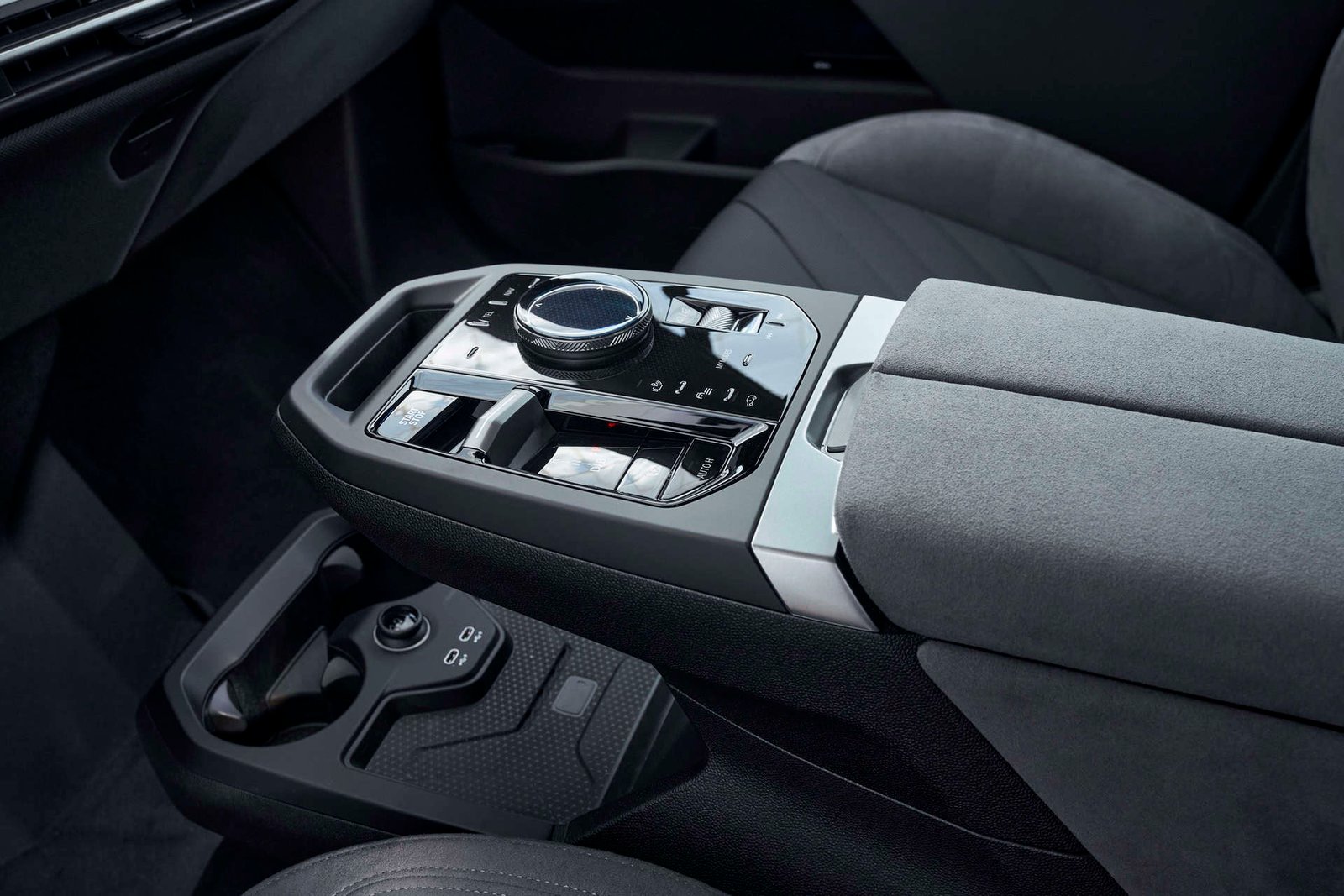It seems everywhere you look on the internet today, someone is mourning the loss of physical controls and buttons in their new vehicles. Most end up getting replaced by digital controls. But there’s one button that’s not going anywhere: the physical volume dial. In talks with Stephan Durach, Senior Vice President UI/UX Development at BMW, we learn exactly why the volume dial is still here. And, why we may need to worry if it suddenly vanishes.
BMW Won’t Completely Eliminate Physical Controls
As you may already knowBMW collects terabytes of data from its vehicles. In that data, BMW sees how, when, and where people interact with their cars the most. “We have 10 million cars out there,” Durach says, “and can see what our customers are doing.” BMW then analyzes the data to reach logical conclusions about how to change the cabin, iDrive system, and car to make it better reflect how people use it the most.
Durach says some of the most used features ended up on the steering wheel and will remain there for the foreseeable future. But one of the longest holdouts will be the volume dial, which Durach says gets a huge amount of use. That’s doubly surprising when you consider volume controls are also available on the steering wheel. Perhaps thrice as surprising when you realize many current models have a roller dial and button as opposed to a traditional “knob.”
Regardless, Durach clarifies. “Our statistics clearly show that people use this volume knob quite often, even if only to mute — then, it’s just a push. Maybe a mute button would be enough, but we said ‘no, people want to change the volume control as well.’” Data demonstrated that BMW drivers overwhelmingly relied on the traditional volume dial for muting and configuring audio levels. Ultimately, it shows that BMW is willing to build in physical button redundancies. But only if the data supports it.
The Volume Dial is a Line in the Sand
Durach includes window and mirror controls in the same bracket as volume dials. He says that everything can’t get moved to the steering wheel. It isn’t efficient use of space and won’t give drivers the experience BMW is after. Things that people adjust while driving — like mirror position, volume, and windows — need to be accessible. “I don’t think it’s a good idea to remove every remove every button,” he says. “We didn’t do that, you know.” When asked whether there was a functional disadvantage to other features moving away from buttons or just nostalgia, he’s a bit divided. “I think it’s a mixture of both,” he says.
The volume knob’s presence in a BMW cabin functions as the proverbial line in the sand. A more cynical writer may also call it a canary in a coal mine, but I’ve digressed. There’s no mission to get rid of buttons. It’s all, apparently, data-driven decisions. As long as drivers continue to use the volume knob — and other fortunate holdouts like the mirror controls — your BMW’s cockpit will have them. If physical controls really matter to you — use them!




